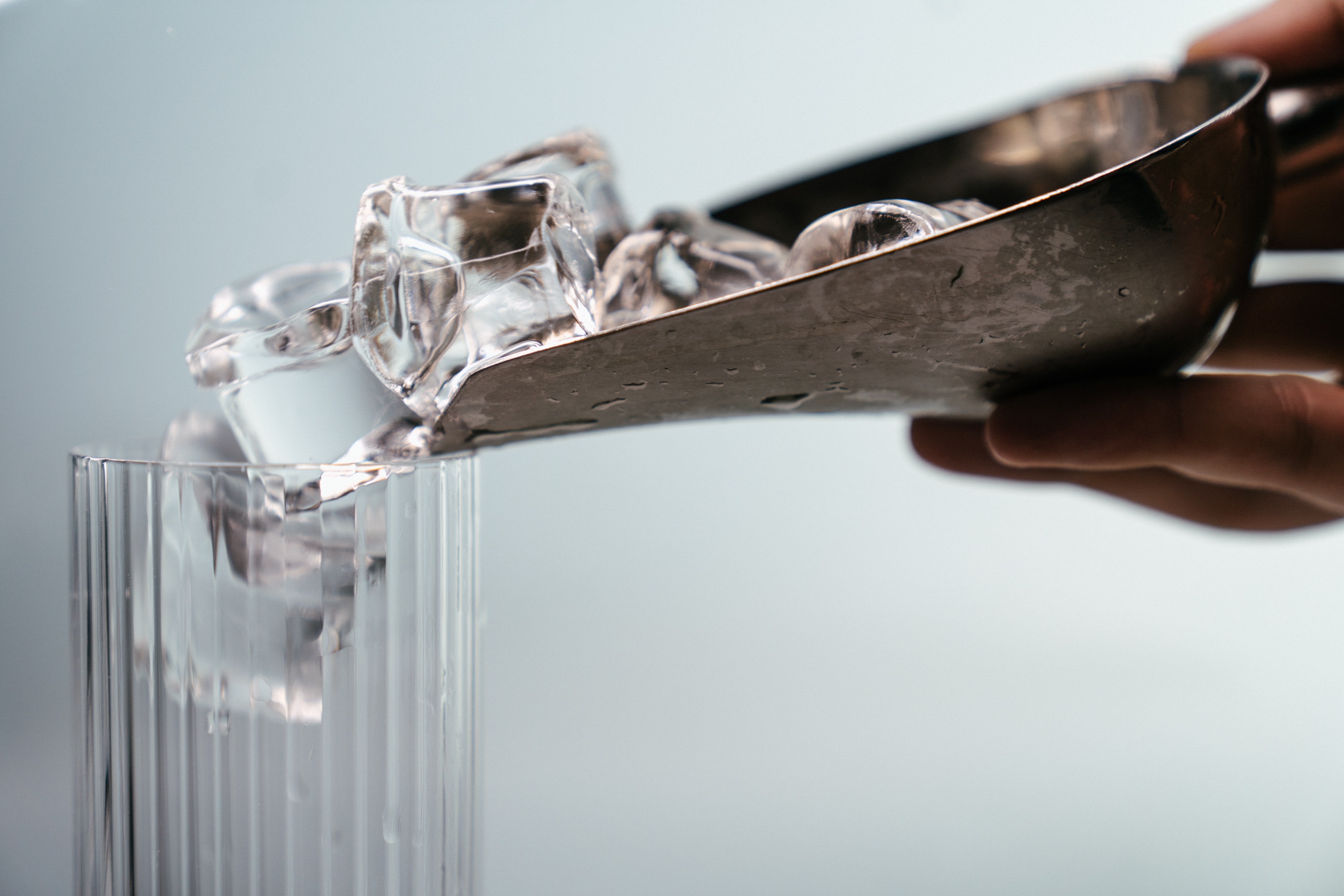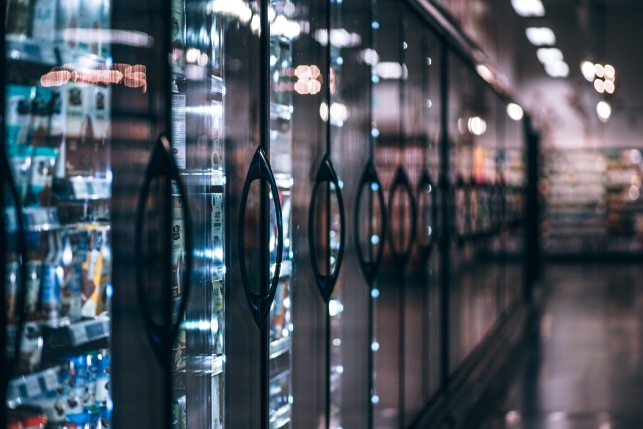Ice Cube
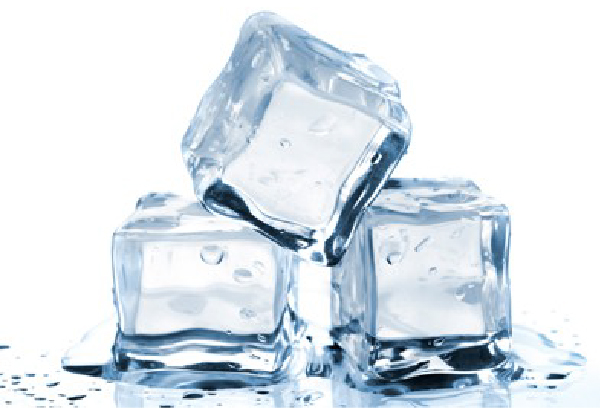

Cube ice is probably the most widely known ice shape, and it is what most people tend to think of when they talk about ice cubes. These are the iconic ice cubes you make at home. Full cube ice contains a high ratio of water to ice build, making it ideal for a range of uses such as refreshing beverages and bagging.
Arguably, its purpose is the most versatile of all ice shapes. Ice cube takes longer time to melt and is perfect for keeping drinks cool. It’s also a cost-saving option because its slow melt rate requires you to use less of the product. If you’ve ever eaten out at a restaurant, you've likely spotted this type of ice in your soft drink.
Nugget / Chewable Ice
Nugget ice, also famously known as “sonic ice” or chewable ice. It is compact and usually cylindrical. Nugget ice has a soft texture, making it easy to chew!
Due to its soft structure, it can absorb the taste of the beverage and is easy to blend. Some variations feature a hole in the middle. This makes nugget ice great for a wide variety of beverages, including smoothies, sodas, and so on. Keep in mind, because of the shape of this ice, it usually has a quicker melt rate than other ice.


Gourmet / Top Hat Ice
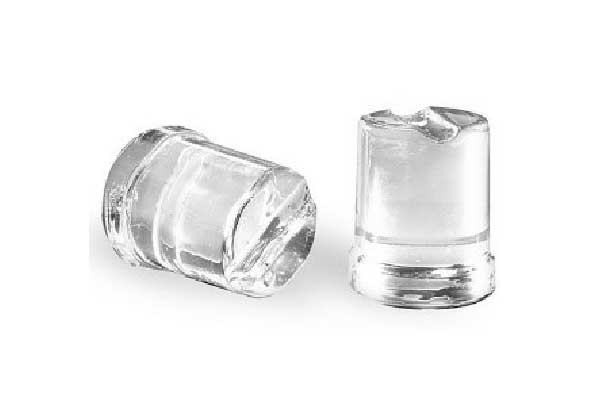

Out of all the different types of ice, gourmet is perhaps the most. They are hollow cylinders with a rounded lip on the open end that looks like a hatband, which is how this ice gets its name.
Gourmet ice is popular in upscale restaurants and a favorite for bartenders. It’s also favored by banquet and catering services. Top hat ice melts slowly, so it’s great for mixed drinks that have a careful balance of ingredients and shouldn’t become too watered down. This type of ice is often crystal clear, which makes it an ideal choice for cocktails that look as good as they taste.
Crescent / Half Moon Ice
Crescent ice (also called half-moon ice) is a solid block in that one half of the ice cube is flat, while the other is rounded over as a semicircle. Half-moon ice was designed to reduce splashing when you’re pouring a drink over the ice. Due to its unique design, crescent ice does not stick together and can also move with liquid.
Crescent ice is usually very hard, and its density is not suitable for popping in a blender. In addition, it melts slowly, which makes it ideal for liquid drinks and portable coolers in hot weather.
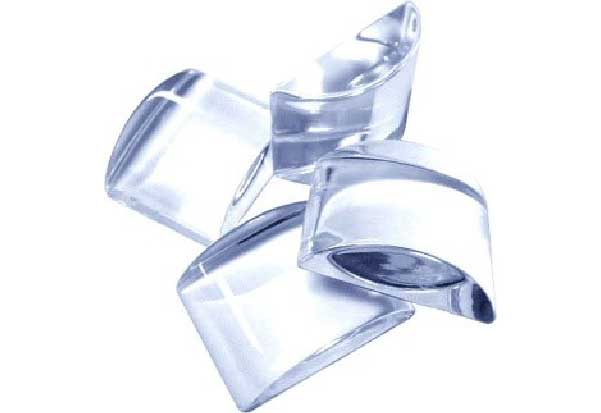

Flake Ice
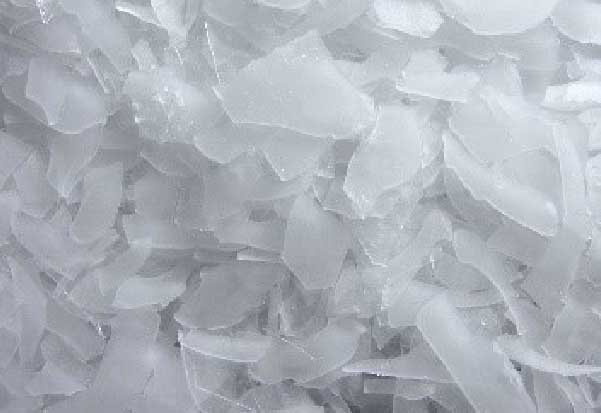

Unlike most types of ice on this list, flake ice does not have a specific shape. This type of ice is soft like snow, featuring a 73% ice-to-water ratio. It cools quickly and can be easily moulded. As it is too thin, it is not ideal for beverages as it melts quickly in liquid.
On the contrary, its unique packaging capabilities makes it an excellent choice for presenting or displaying foods like meat or seafood as well as making blended drinks or frozen desserts. Flake ice is commonly found in grocery stores, fish markets, buffets, and healthcare institutions. It is also the best choice for sports injuries or medical ice packs because it is soft and can easily compress on injuries without adding too much pressure.

